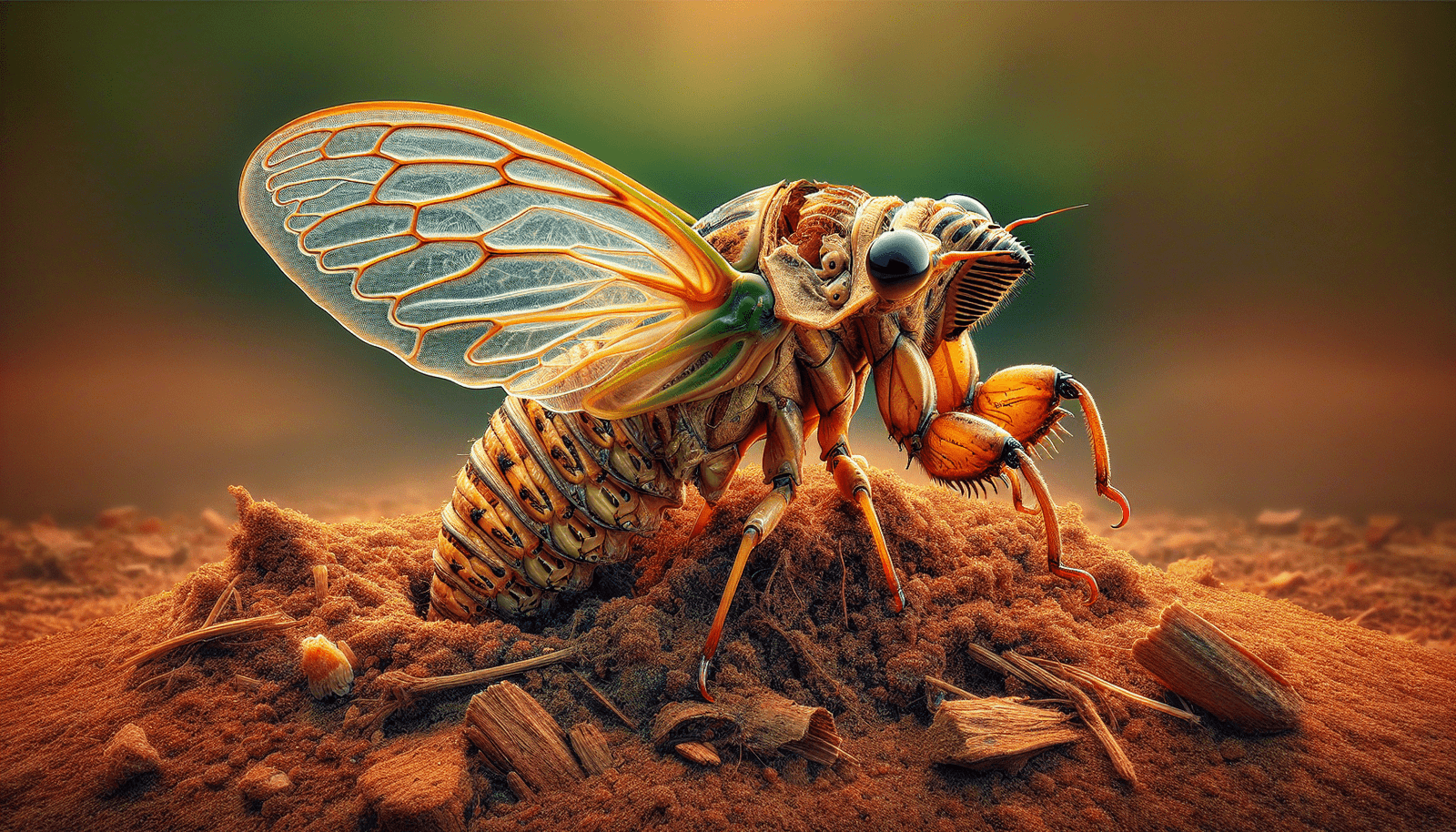Welcome to an informative post that will answer the burning question on everyone’s mind: “What States Will See This Cicada Brood?” With Brood X sightings on the rise, it’s important to know which states will be experiencing this natural phenomenon. Stay tuned as we explore the regions where these cicadas will be making their presence known, and learn more about these fascinating insects along the way. Get ready to be amazed by the wonders of nature as Brood X emerges in various states across the country!
Brood X Sightings: What States Will See This Cicada Brood?
Have you heard the buzz about Brood X cicadas emerging after 17 years underground? If you’re curious about which states will experience this phenomenon, keep reading to find out more!
What is Brood X?
If you’re not familiar with the concept of “Brood X,” let me fill you in. Brood X, also known as the Great Eastern Brood, is one of the largest and most well-known groups of cicadas in the United States. These insects spend 17 years underground as nymphs, feeding on the sap of tree roots, before emerging en masse to mate and lay eggs. This year, Brood X is set to make its grand appearance!
How Often Does Brood X Emerge?
Brood X emerges once every 17 years, making it a highly anticipated event for entomologists and nature enthusiasts alike. The last time these cicadas were seen above ground was in 2004, so it’s no wonder that people are excited to witness this natural spectacle once again.
Which States Will See Brood X Cicadas?
Now, let’s get to the burning question: which states will be lucky enough to experience the Brood X cicadas this time around? Below is a breakdown of the states where these insects are expected to emerge:
| State | Counties Expected to See Brood X |
|---|---|
| Maryland | Montgomery, Prince George’s, etc. |
| Virginia | Arlington, Fairfax, Loudoun, etc. |
| Indiana | Johnson, Morgan, Monroe, etc. |
| Illinois | Cook, DuPage, Lake, etc. |
| Pennsylvania | Berks, Bucks, Chester, etc. |
| Michigan | Branch, Cass, St. Joseph, etc. |
| Delaware | Kent, New Castle, Sussex, etc. |
| Georgia | Clarke, Cobb, Fulton, etc. |
| Washington D.C. | N/A |
What to Expect in Brood X States
If you live in one of the states listed above, get ready for the sights and sounds of Brood X cicadas. These insects are known for their loud mating calls, which can reach up to 100 decibels, resembling the sound of a buzzing power saw. Don’t be surprised if you see swarms of cicadas covering trees, buildings, and even the ground – it’s all part of their natural lifecycle.
Why Do Cicadas Emerge in Such Large Numbers?
You might be wondering why cicadas emerge in such large numbers at once, rather than spreading out their emergence over time. The answer lies in their survival strategy. By emerging en masse, cicadas overwhelm predators such as birds, squirrels, and other insects, ensuring that enough of them survive to reproduce and continue the cycle.
What Happens After Brood X Emerges?
Once Brood X cicadas have completed their mating ritual, the females will lay their eggs in tree branches. These eggs will hatch into nymphs, which will then fall to the ground and burrow into the soil, starting the 17-year cycle all over again. It’s a remarkable example of nature’s resilience and adaptability.
How Long Will Brood X Cicadas Stick Around?
If you’re worried about being inundated with cicadas for an extended period, don’t fret. The adult Brood X cicadas typically only live for about 4-6 weeks above ground. Once they have mated and laid their eggs, the adult cicadas will die off, leaving their offspring to continue the cycle underground.
What to Do if You Encounter Brood X Cicadas?
If you come across Brood X cicadas during their emergence, there’s no need to panic. These insects are harmless to humans and pets, as they do not bite or sting. In fact, they can be quite fascinating to observe up close – just remember to respect their natural habitat and let them go about their business undisturbed.
How to Help Brood X Cicadas Thrive
While Brood X cicadas may only be around for a short time, there are ways you can help support their population and ensure their continued survival. Planting native trees and shrubs in your yard provides food and shelter for cicadas and other wildlife, contributing to a healthy ecosystem.
Reporting Brood X Sightings
If you spot Brood X cicadas in your area, consider reporting your sightings to local entomology or wildlife organizations. This information can help researchers track the distribution and population of these insects, contributing valuable data to scientific studies on cicada behavior.
In Conclusion
The emergence of Brood X cicadas is a natural wonder that reminds us of the resilience and beauty of the natural world. So, if you find yourself in one of the lucky states where these insects are set to emerge, take a moment to appreciate the spectacle and wonder of these fascinating creatures. And remember, the cicadas will soon return to the earth, where they will wait patiently underground for another 17 years before emerging once again. Enjoy the show while it lasts!
